how many units do I need?
michoumonster
12 years ago
Related Stories
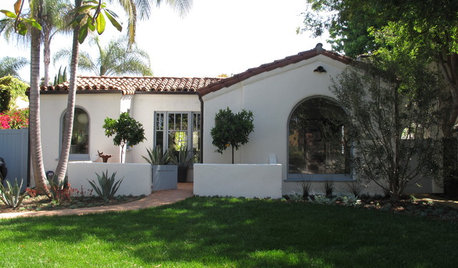
ARCHITECTURERoots of Style: Many Cultures Make Their Marks on Mediterranean Design
If you live in California, Florida or certain other parts of the U.S., your architecture may show distinct cultural influences
Full Story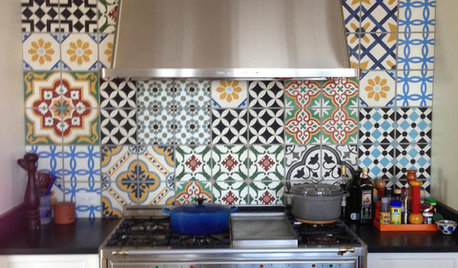
TILESo Many Reasons to Love Cement Tiles
You’ll notice their beautiful patterns right away, but cement tiles have less obvious advantages too
Full Story
KITCHEN APPLIANCESThe Many Ways to Get Creative With Kitchen Hoods
Distinctive hood designs — in reclaimed barn wood, zinc, copper and more — are transforming the look of kitchens
Full Story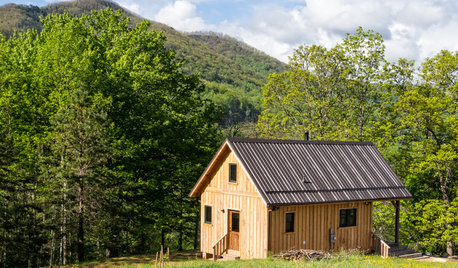
HOUZZ TOURSHouzz Tour: 10 Acres, 3 Generations and Many Animals in North Carolina
Check out a throwback-style cabin that celebrates simplicity, reclaimed materials and family
Full Story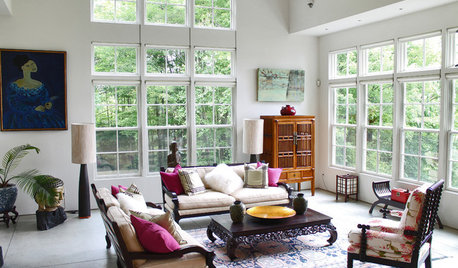
HOUZZ TOURSMy Houzz: Many Styles Meld Handsomely in a Vermont Countryside Home
With a traditional exterior, a contemporary interior and lots of Asian furniture, this home goes for the element of surprise
Full Story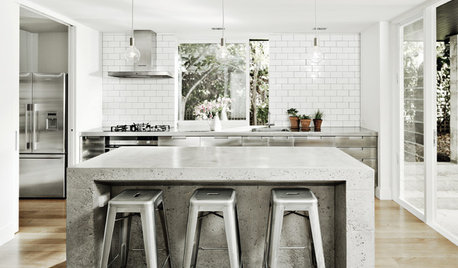
INSIDE HOUZZData Watch: Confidence Rising, but Labor Shortages Worry Many Pros
The latest Houzz Renovation Barometer report shows industry pros are rosy about the market while still struggling to find skilled workers
Full Story
ARCHITECTURECity View: Atlanta's Design Style Warms to Many Tastes
Outdoor living and hospitality? Of course. But Atlanta's architecture and interior designs express much more than just traditional notions
Full Story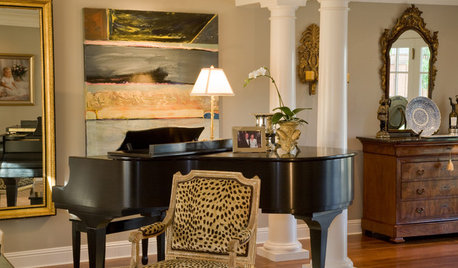
The Many Moods of Leopard
Add a Little Big-Cat Print for a Touch of Luxury, Playfulness, and Surprise
Full Story
WINDOW TREATMENTSThe Many Reasons to Embrace Sheer Curtains
Use their timeless look to soften busy patterns, divide rooms, balance asymmetrical windows and more
Full Story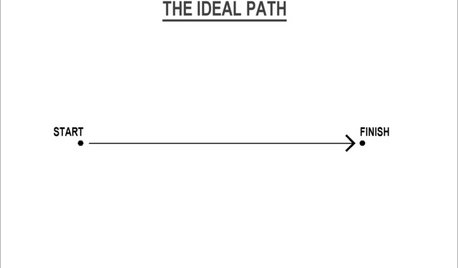
MOST POPULARThe Many Paths of Design, Part 1
Blame engineering issues, unforeseen revisions or even the Internet. As these diagrams show, it's probably not your fault
Full Story






mike_home
michoumonsterOriginal Author
Related Professionals
Eastvale Solar Energy Systems · Maplewood Solar Energy Systems · Paradise Solar Energy Systems · Sanger Solar Energy Systems · Algonquin Home Automation & Home Media · Allendale Home Automation & Home Media · Brentwood Home Automation & Home Media · Broomfield Home Automation & Home Media · Grand Rapids Home Automation & Home Media · Pittsburgh Home Automation & Home Media · Severn Home Automation & Home Media · Ashland Electricians · North Versailles Electricians · La Palma Fireplaces · Lancaster Fireplacesmike_home
david_cary
michoumonsterOriginal Author
michoumonsterOriginal Author
mike_home
david_cary
rmrc12
david_cary
rmrc12
michoumonsterOriginal Author
mike_home
michoumonsterOriginal Author
david_cary
wwu123
michoumonsterOriginal Author